Persian cats, with their luxurious long fur and captivating eyes, are known for their gentle and affectionate nature. But have you ever wondered how these elegant felines communicate? From subtle body language to melodic vocalizations, Persian cats convey their desires, emotions, and even warnings in a unique and captivating manner. Understanding their communication cues can deepen the special bond you share with these majestic creatures, allowing you to respond to their needs with love and care. Let’s uncover the fascinating world of Persian cat communication and discover the ways in which they speak their own silent language.
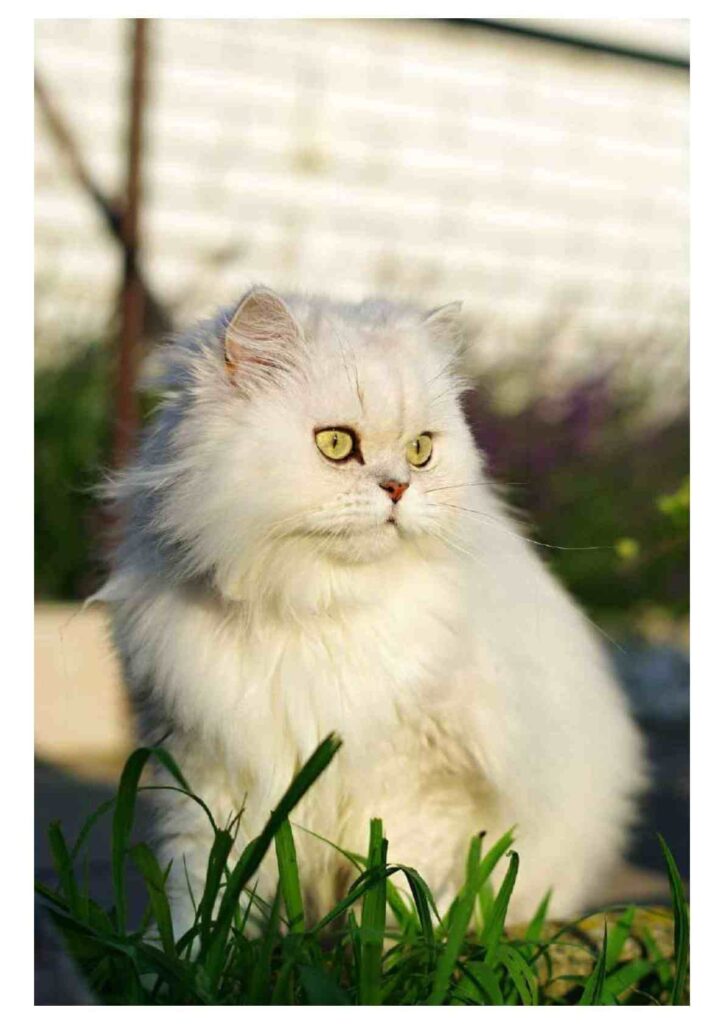
This image is property of miro.medium.com.
Body Language
Persian cats are known for their expressive body language, which can provide valuable insights into their emotions and intentions. By understanding their body language, you can better communicate and bond with your Persian kitty.
Tail Position
The position of a cat’s tail can reveal a lot about their mood. A relaxed and upright tail indicates contentment and happiness. However, if the tail is tucked between the legs, it may signal fear or anxiety. On the other hand, an aggressively wagging or puffed-up tail suggests agitation or aggression. Paying attention to your Persian’s tail position can help you better understand their current state of mind.
Ear Position
Like all cats, Persians use their ears to express their mood. If your Persian’s ears are relaxed and facing forward, it typically means they are feeling calm and content. However, if the ears are flattened against their head or twitching, it can indicate annoyance or fear. Learning to read your Persian’s ear position will enable you to respond accordingly and provide them with the appropriate support they need.
Eye Contact
Eye contact is an essential element of feline communication. When your Persian maintains direct eye contact with you, it is a sign that they feel comfortable and safe in your presence. However, prolonged eye contact can be seen as a challenge and may make your Persian cat feel intimidated. It’s important to approach eye contact with your Persian in a friendly and non-threatening manner, respecting their boundaries and allowing them to break the gaze when they choose.
Purring
Purring is often associated with contentment and happiness in cats, and Persians are no exception. When your Persian purrs, it suggests they are feeling relaxed and content in your presence. However, cats also purr to self-soothe or calm themselves down when they are stressed or anxious. Understanding the context and accompanying body language can help you interpret the meaning behind your Persian’s purring.
Kneading
Kneading is a behavior where cats rhythmically push and paw at a surface, such as a blanket or your lap. This behavior is associated with contentment and comfort, often stemming from their kittenhood when they kneaded their mother’s belly to stimulate milk production. When your Persian kneads, it signifies that they are relaxed and happy in their environment and may be seeking your affection and attention.
Vocalizations
While Persians are generally known for their quiet demeanor, they do have a range of vocalizations that they use to communicate their needs and emotions.
Meowing
Meowing is the most common vocalization that Persians use to communicate with their human caregivers. They may use different variations of meows to express various needs, such as hunger, loneliness, or simply wanting attention. As a Persian owner, it is important to pay attention to the different tones and patterns of your cat’s meows to better understand their desires and provide them with the necessary care and affection.
Chirping
Chirping is a unique vocalization often observed in Persians. It sounds like a mixture of a meow and a bird’s chirp. Chirping is usually a sign of excitement or anticipation, often displayed when they see birds or other prey outside a window. It’s their way of expressing their hunting instincts and can be quite endearing to witness.
Trilling
Trilling is a friendly and melodic sound that Persians emit when they are feeling content and happy. It is often used as a greeting or an invitation to play or interact. Trilling is a positive vocalization and serves as a way for your Persian to express their affection towards you.
Hissing
Hissing is a vocalization that Persians use when they feel threatened or fearful. It is their way of warning potential threats to back off. As a cat owner, it’s essential to respect your Persian’s boundaries when they hiss and provide them with a safe and secure environment to alleviate their fears.
Growling
Growling is a more intense vocalization displayed by Persians when they are highly agitated or feeling threatened. It serves as a warning sign to communicate that they are ready to defend themselves if necessary. When your Persian growls, it’s important to give them space and avoid escalating the situation further.
Scent Marking
Scent marking is a crucial aspect of feline communication, allowing cats to leave messages for other cats and humans in their environment.
Facial Marking
Persians have scent glands on their faces, specifically around the cheeks and chin. When they rub their faces against objects or people, they are depositing their scent and marking their territory. This behavior, known as “bunting,” is a friendly and affectionate gesture, displaying trust and ownership.
Urine Marking
Urine marking is another form of scent marking that Persians may engage in. Male Persians, especially those who are not neutered, are more prone to urine marking as a way of establishing their territory and attracting potential mates. It’s important to provide appropriate litter boxes and ensure regular cleaning to discourage this behavior. Neutering your Persian can also significantly reduce urine marking tendencies.
Socialization
Persians, like all cats, are social animals and engage in various behaviors to foster social bonds.
Grooming Behavior
One of the most endearing social behaviors of Persians is their grooming behavior. When Persians groom themselves or other cats, it serves multiple purposes. It helps them maintain proper hygiene, remove dirt and parasites, and strengthen social bonds. If your Persian starts grooming you, it is a sign of trust and love, as they perceive you as a part of their social group.
Play Behavior
Play is a crucial aspect of a Persian’s socialization and overall well-being. Through play, Persians can release excess energy, sharpen their hunting skills, and strengthen the bond with their human companions. As a Persian owner, providing interactive toys and engaging in play sessions can help keep your feline friend both physically and mentally stimulated.
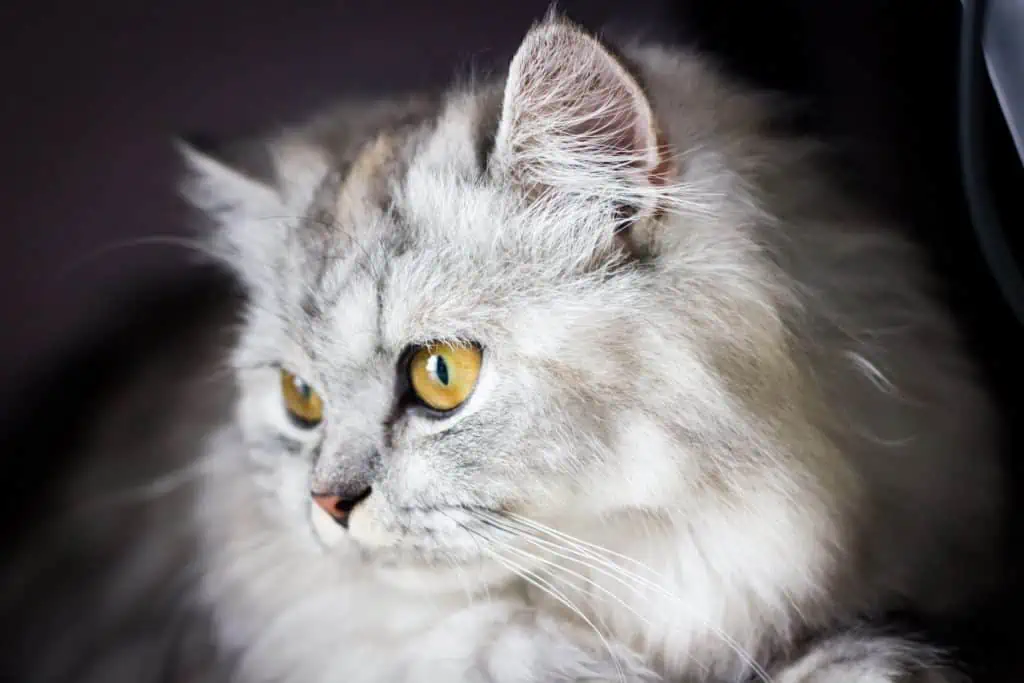
This image is property of sp-ao.shortpixel.ai.
Territorial Behavior
Persians, like many other cat breeds, exhibit territorial behaviors to establish and maintain their space.
Spraying
Spraying is a form of territorial behavior wherein Persians mark their territory by releasing small amounts of urine on vertical surfaces. This behavior is more common in unneutered male Persians and is associated with marking their territory and attracting potential mates. Spraying can be reduced or eliminated through neutering and providing a secure and stimulating environment for your Persian.
Scratching
Scratching is a natural behavior for Persians and serves multiple purposes. It helps them keep their claws sharp and healthy, stretch their muscles, and mark their territory. Providing your Persian with appropriate scratching posts or horizontal scratchers can redirect this behavior and prevent damage to your furniture and belongings.
Aggression and Fear
While Persians are generally known for their gentle and calm demeanor, they can exhibit aggression or fear when they feel threatened or unsafe.
Hissing
Hissing is a common sign of aggression and fear in Persians. When your Persian hisses, it indicates that they are feeling threatened and are ready to defend themselves if necessary. It’s essential to give them space and remove any potential triggers that may be causing their stress or fear.
Growling
Growling is another vocalization Persians use to communicate aggression and discomfort. It is a warning sign that they are feeling threatened and may resort to attacking if the situation escalates. Create a safe and stress-free environment for your Persian to minimize growling episodes.
Tail Lashing
A vigorously lashing tail is a clear sign of agitation or aggression in Persians. When you notice your Persian’s tail twitching or lashing back and forth rapidly, it’s best to give them some space and avoid any potential triggers that may be causing their distress.
Ears Pinned Back
When a Persian’s ears are flattened against their head, it often indicates fear or anxiety. This body language shows that your cat is feeling threatened, and they may display defensive behaviors if they perceive the threat to persist. Creating a calm and secure environment for your Persian can help alleviate their fears and prevent unnecessary stress.
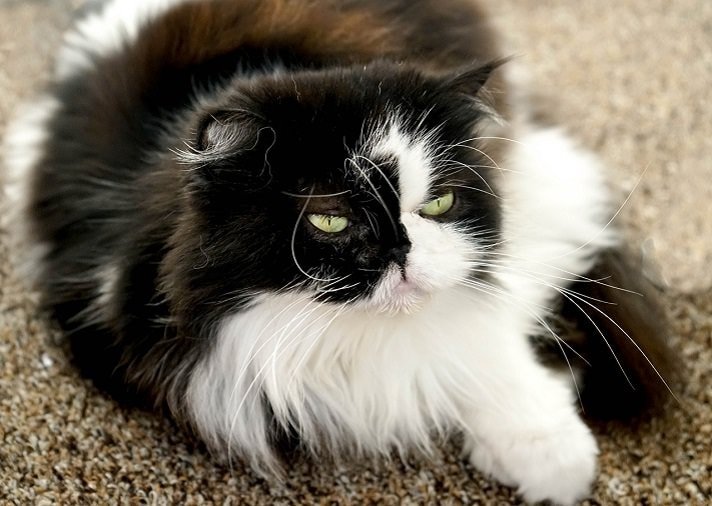
This image is property of media-be.chewy.com.
Attention Seeking
Persians, being social creatures, have various methods to seek attention and affection from their human companions.
Scratching Furniture
While scratching is a form of territory marking, Persians may also scratch furniture or other objects as a way of seeking attention. By directing your Persian towards appropriate scratching posts or providing interactive toys, you can redirect their attention-seeking behavior and strengthen the bond between you and your feline friend.
Rubbing Against Objects
Rubbing against objects or individuals is another attention-seeking behavior displayed by Persians. When your Persian rubs against you, they are depositing their scent and showing affection. Responding positively and engaging with your Persian during these moments can reinforce their positive behavior and create a stronger bond.
Demanding Affection
Persians may also demand affection by nudging or pawing at you. This behavior indicates that they are seeking physical contact and attention. By reciprocating their affection and providing the desired attention, you can nurture a loving and mutually beneficial relationship with your Persian.
Stress and Anxiety
Stress and anxiety can affect Persians, leading to various behavioral changes. Recognizing the signs of stress and providing appropriate support is essential for their well-being.
Hiding
Hiding is a common response to stress or anxiety in Persians. When they retreat to secluded areas or seek refuge under furniture, it indicates that they are feeling overwhelmed or threatened. Creating safe spaces and providing opportunities for peaceful alone time can help reduce their stress levels and promote a sense of security.
Destructive Behavior
When Persians feel stressed or anxious, they may resort to destructive behavior as a coping mechanism. This can manifest as excessive scratching, chewing on objects, or even urinating outside of the litter box. Identifying the source of their stress and providing environmental enrichment, such as interactive toys or scratching posts, can redirect their energy and prevent destructive tendencies.
Excessive Grooming
In some cases, Persians may engage in excessive grooming when they are stressed or anxious. This behavior can lead to skin irritation and hair loss. If you notice your Persian excessively grooming themselves, it’s important to address the underlying cause of their stress and provide them with a calm and secure environment to alleviate their anxiety.
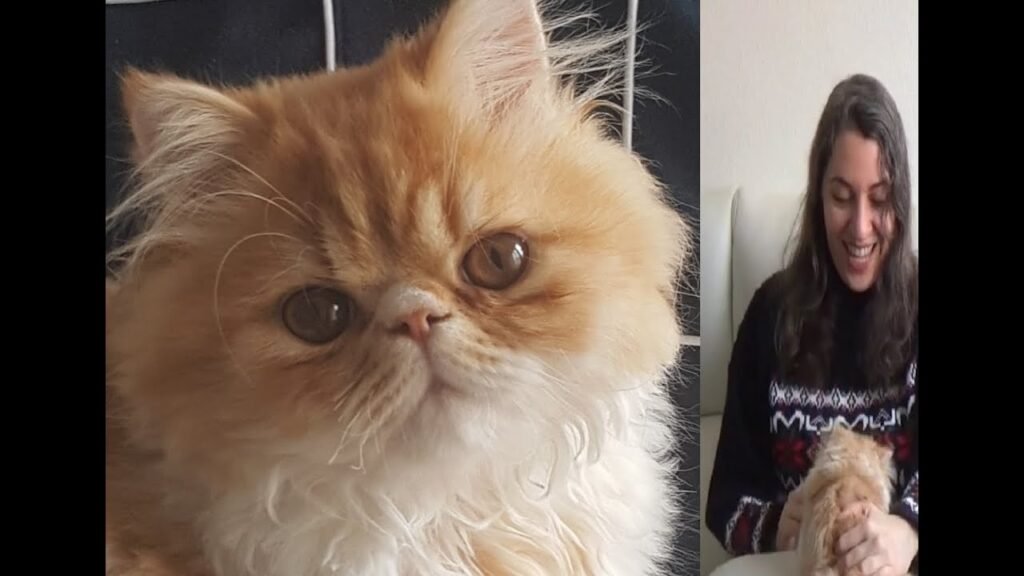
This image is property of i.ytimg.com.
Body Postures
Persian cats use their body postures to communicate their emotions and intentions effectively.
Arched Back
When a Persian arches their back and raises their fur, it suggests that they are feeling threatened or scared. This defensive posture is used to appear larger and more intimidating to potential threats. Give your Persian space and time to calm down until they feel safe enough to relax their body posture.
Sideways Stance
A sideways stance is a playful and friendly body posture that Persians often display. They may approach you with their body slightly turned and tail held high, indicating their eagerness to play and interact. Encourage their playful behavior and create opportunities for bonding through interactive toys or games.
Flat Ears
If your Persian’s ears are flat against their head, it indicates fear, anxiety, or aggression. This body posture warns you that they are feeling threatened and may resort to defensive behaviors if they perceive the threat to persist. Avoid any potential triggers and provide a safe environment for your Persian to regain their confidence.
Raised Tail
A raised tail is generally a positive body posture in Persians and indicates their relaxation and contentment. However, a raised tail with a twitching tip may suggest excitement or anticipation. Pay attention to the context and accompanying behaviors to better understand your Persian’s emotions and respond accordingly.
Interacting with Humans
Persians have unique ways of interacting with their human companions, fostering their bond and forming a strong connection.
Eye Blinking
Slow eye blinking is considered a friendly and affectionate gesture in Persian cat communication. When your Persian slowly blinks at you, it’s their way of expressing trust and comfort in your presence. Return the gesture with a slow blink of your own to acknowledge their affection and strengthen your bond.
Purring
Purring is a universal feline behavior associated with contentment, relaxation, and affection. When your Persian purrs, it signifies that they are happy and comfortable in your company. Responding with gentle strokes or cuddles can further enhance the bonding experience and create a sense of security for your feline friend.
Kneading
Kneading is a behavior rooted in kittenhood when Persians instinctively kneaded their mother’s belly to promote milk production. When your Persian kneads against you, it indicates their trust and affection towards you. Encourage this behavior by providing a comfortable surface for them to knead on, further deepening the emotional connection between you and your adorable Persian companion.
Understanding how Persian cats communicate through their body language, vocalizations, scent marking, socialization, and various behaviors allows you to develop a deeper bond with your feline friend. By observing and responding to their unique expressions, you can provide a supportive and fulfilling environment that promotes their overall well-being and happiness. Enjoy the journey of deciphering your Persian’s communication, and relish the special connection you share with your furry companion.
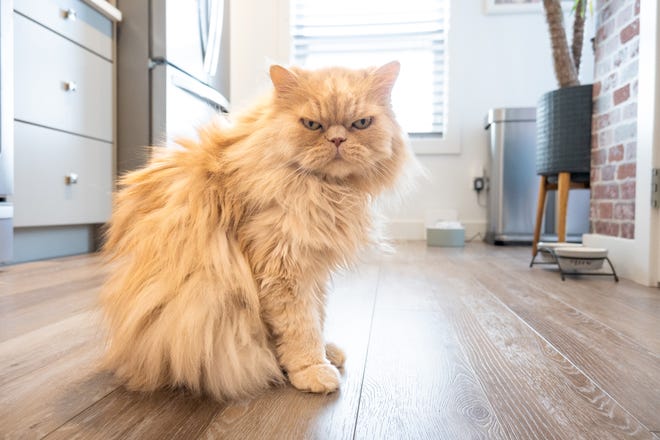
This image is property of www.usatoday.com.
